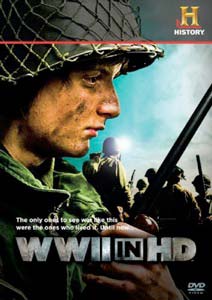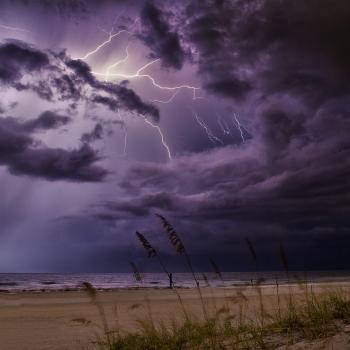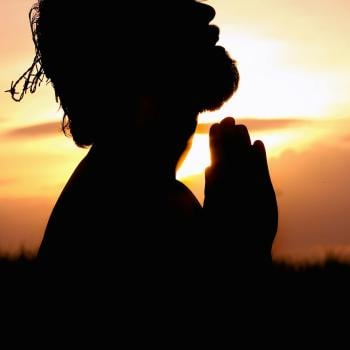By Beth Davies-Stofka
 Executive Producers: Matthew Ginsburg, Lou Reda, Scott Reda
Executive Producers: Matthew Ginsburg, Lou Reda, Scott Reda
Directors: Matthew Ginsburg, Frederic Lumiere
Writers: Matthew Ginsburg, Bruce Kennedy, Ben Kaplan, Liz Reph, Alec Michod
Runtime: 10 episodes, 470 minutes
Original Air Date: 15-19 November 2009
Distributor: The History Channel
Now available on Blu-Ray
Wars and miracles go together. The stories of the people who live through war -- soldiers, sailors, medics, reporters, civilians -- are peppered with tales of miracles experienced or miracles observed. For those of us fortunate enough to have escaped the horrors of combat, sometimes a really special program comes along that can help us understand just why wars are flush with miracles. WWII in HD is one such show.
The creators of WWII in HD spent two years searching for color footage shot during the four years of combat, locating thousands of hours of rare film, some of it never seen by the public. American, British, German, and Japanese military archives yielded much of the footage used in WWII in HD, and more comes from family attics. Amateur and combat photographers were there, recording beach landings, destroyed villages, and dead bodies. As the tag line of the show says, "The only ones to see was like this were the ones who lived it. Until now..."
The producers digitally preserved the footage in amazing HD. They framed the footage around the personal diaries, letters, and recollections of twelve individuals who were on the front lines. WWII in HD is not a documentary dissecting the deliberations of senior commanders, presidents, and prime ministers who ordered beach landings. It's a documentary about landing on the beach. WWII in HD doesn't have to hire actors and extras to recreate the battles and their aftermath. It presents the footage of the actual battles and their aftermath.
There is so much for us to learn from World War II -- about ourselves, our families, our country, our history, and the world in which we live. This stunning production adds genuinely new understanding to the heavily populated field of World War II books and documentaries. It is simply not to be missed.
Watching the footage play across our television screens while these twelve people share their stories gives us a feeling of presence. We are not there. We're not sick with the smells, desperate to survive, deafened by the shells. But we are deeply and emotionally engaged with the human experience of conflict. Of course we don't live through the war. But through this startling production, we are helped to understand exactly why war is hell, and why it should be avoided at all costs.
We see with complete clarity that it is precisely because war is so unholy that any moment of survival, any timely act of kindness, is a miracle because it contradicts the wickedness.
Captain Charles Scheffel was a plainspoken soldier with shrewd battle instincts and an unflagging commitment to preserve the lives of his men. In September 1944, after fighting in North Africa and Italy, he was assigned to the 39th Infantry Regiment in Normandy, in command of the 200 men of C Company. The regiment was ordered to push through Belgium and reconnoiter a two-mile wide path all the way into German territory. German forces are withdrawing, in order to stand and fight on the infamous Siegfried Line on Germany's western frontier.
"I hate towns," he said. "Germans like to target crossroads with mortars, machine gun emplacements, sometimes even a lone tank. One well-hidden German with an anti-tank gun can knock out an elite tank and stop a whole column in its tracks."
He recalled, "You don't hear the one that's coming at you, because the shell's gonna get there faster than any sound. 'Bout the only time you really know something is when you hear a crack. Then you don't know if the guy even saw you... You don't stop to think about those things."
On September 13, 1944 Scheffel's regiment is one of the first American units to enter Germany. They are given new orders: clear the village of Lammersdorf, and move deeper into German territory. They are going to cross the Siegfried Line.
But as they pull into Lammersdorf, they discover that it is already empty. No sign of people anywhere. The Siegfried Line is about a mile ahead, and Scheffel's men report seeing a heavily fortified hill. They advance to engage the enemy. The tanks go first, with Scheffel and his men following behind on foot. The first shell explodes, and Scheffel and his men dive into a ditch. A tank is in flames. Men are down, dead or wounded. Scheffel feels panic surge through him. He tries to radio for artillery support -- "Come in, come in, this is Charlie, help!" -- but there's no answer. Then, boom.





